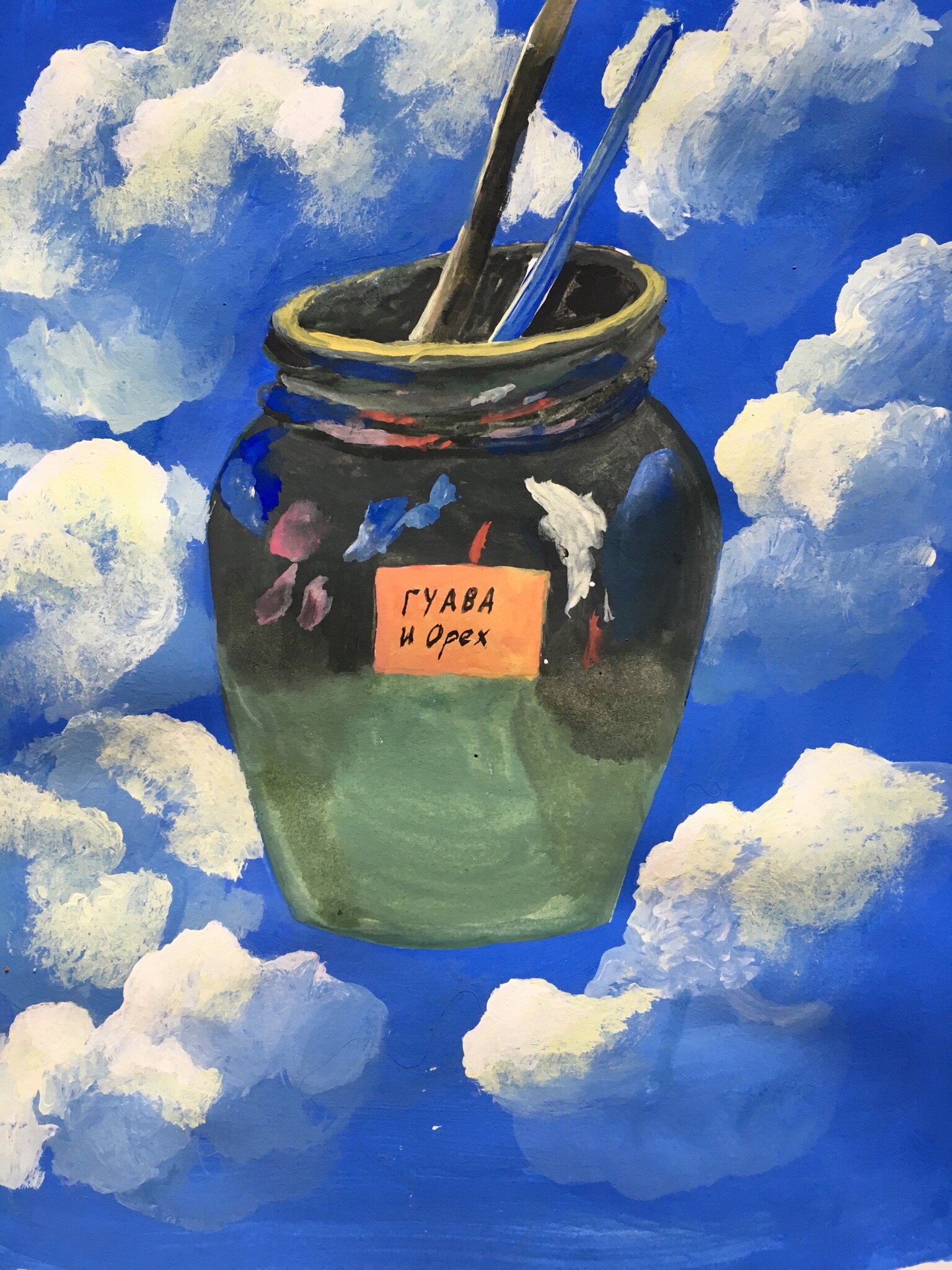Artist Spotlights

Alexey Yakovlev
“At some point, I wanted to make a series of adolescent people, to show the time when a person is full of hopes, dreams and fantasies. There is some uncertainty inherent in this age and it is a kind of freedom that many of us lose as we get older.”

Daria Denisova
“The work process begins either with a search: I do compositional searches in my sketchbook, or begin to directly work on canvas. I just sit down in front of a white primed canvas, and my hand is already gliding it over it.“

Alisa Gvozdeva
“The process of making my works is always different, often it is a spontaneous idea, which comes to my mind before or during work. I like to make something new, it's always a challenge for me to try some new techniques or compositions. In spite of the difference between every work I produce, I usually enjoy the process no matter what, I discover the unconscious with no struggle but calm and joy.“

Luis Gutierrez
“When painting my abstract studies, I am inspired by the signs of decay of exterior walls; there is something very interesting about the change of their color due to time and weather. I think that connects to my obsession with history; no matter how much we try to erase our past, somehow, it will always remain present.“

Sofia Yalalova
“The opaque colored background in my work symbolizes the process of growth and development, it helps me to focus all my attention on the portraits. It is also important for me to immerse the viewer in a timeless perception, to shift the viewer's focus to the portrait of a child as much as possible, his childhood dreams, experiences and feelings.“

Marsel Yalalov
“From a technical point of view, this is oil paint on canvas. However, it's far more complex than that. The difficulty of creating the work was in mimicry of a graphic computer file, achieving RGB color in the background. I like to combine classical painting techniques and digital art. I believe that this is a kind of symbiosis of the real and digital world.“

Lucía Rodríguez
“Right now, big part of my process has to do with channeling ideas or inspiration in a useful way so they can become actual artworks and not stay as just ideas. When I walk on the street I see subtle things that inspire me like a pattern, a color palette or the relationship between two shapes. I try to document these little pieces of inspiration by taking pictures or drawing or even writing some notes. I like to think all of these elements mix together in the back of my mind, and somehow, without knowing, I start piecing them together. “

Arina Novak
“To me, online galleries are definitely essential. If not for online spaces, international artists wouldn’t be able to connect and exhibit their works together in the most sufficient and affordable way. I’m very excited to see what the online world has to offer. However, working with physical spaces is something what I truly aspire to do. I’m not talking about galleries, just spaces in general. I’m particularly attracted to curating projects in spaces like independent artistic collectives, clubs, abandoned buildings, warehouses, garages, etc. I think it‘s somethings magical and synergetic about fostering a connection between art and non-commercial spaces. “

Aaron Coleman
“Art History is my first love. I knew I wanted to be an artist when I got to see Botticelli’s Primavera at the Uffizi in Florence when I was 12. Soon after, I became infatuated with Japanese Ukiyo-e. I felt a deep resonance with the artform that was so purely Japanese and striking in its style. I saw myself in the prints and felt pride in the representation they provided. Ukiyo-e is a touchstone for my work. By bringing its recognizable style into contemporary settings I create a space for my own mixed-race identity. “

Haley Takahashi
“Art History is my first love. I knew I wanted to be an artist when I got to see Botticelli’s Primavera at the Uffizi in Florence when I was 12. Soon after, I became infatuated with Japanese Ukiyo-e. I felt a deep resonance with the artform that was so purely Japanese and striking in its style. I saw myself in the prints and felt pride in the representation they provided. Ukiyo-e is a touchstone for my work. By bringing its recognizable style into contemporary settings I create a space for my own mixed-race identity. “